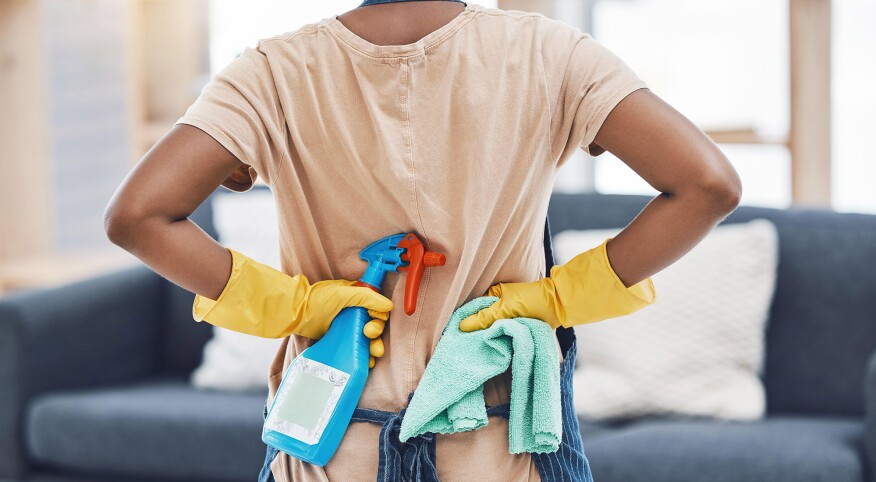Putting off spring cleaning because your place doesn’t “look dirty?” Here are eight household items that don’t necessarily look dirty but probably are!
Your wooden mixing spoons These porous utensils absorb food debris and odors. Despite the viral social media videos suggesting they should be soaked in boiling water; this may warp and degrade the wood and shorten the life of the spoon. Throwing a wooden spoon in the dishwasher may do the same thing. If you like the idea of getting the yuck out by using boiling water, don’t do so more than once a month, suggests the Better Homes & Gardens website. For regular use, hand wash your spoons with mild detergent.
The coffee machine When was the last time you cleaned your coffeepot? Microbiologists found 67 different types of bacteria (eek!) in the drip trays of kitchen coffee makers. Descaling your coffee maker removes mineral deposits and bacteria, and should be done after every 100 pots of coffee.
The dishwasher What’s that smell? Researchers found that dishwashers often harbor bacteria linked to illnesses ranging from food poisoning to infected skin. To clean trapped food particles from your machine, do this every week: Unscrew the screen from the dishwasher floor and remove the filter. Then scrub it with dish detergent, and let it air-dry before replacing.
The oven Burned food crusted on the bottom of the oven can taint the taste of food. You can clean up your act by using your oven’s self-cleaning feature, but a manual cleaning can be effective if you are willing to put in time and elbow grease. Skip chemical-laden commercial products and try lemon juice, baking soda and vinegar.
The vacuum cleaner Achoo! A grimy machine that hasn’t had regular maintenance won’t do much to remove dust, pollen and pet dander from your floors and other spaces. In fact, it may just spread them around. Consider this: a full canister or bag may inhibit suction. Try emptying it more often. Many HEPA filters need to be replaced twice yearly, according to Good Housekeeping.
The bathroom exhaust fan Yes, it’s hard to reach because it’s on the ceiling. But dust clogging the fan cover may contribute to the motor overheating, particularly if the fan is an older model and the motor is clogged with dust and debris, according to Reader’s Digest. This is a potential fire hazard.
Reusable shopping bags Those cloth bags you toss in your trunk and never wash between supermarket sweeps can be breeding grounds for bacteria, especially when a used bag with leaked “meat juice” is left to fester in the car. Make a point of washing them in hot water after every use. And to be extra safe, designative separate bags for meat and produce.
The mattress Strip off the bedding and vacuum the entire mattress, paying special attention to crevices where dirt and dust collect. Use a stain remover to spot treat stains, sprinkle baking soda to deodorize, then vacuum again to remove the baking soda. Repeat every six months.

Alamy
Follow Article Topics: Health










